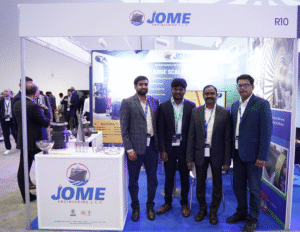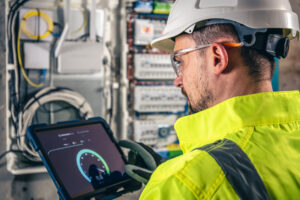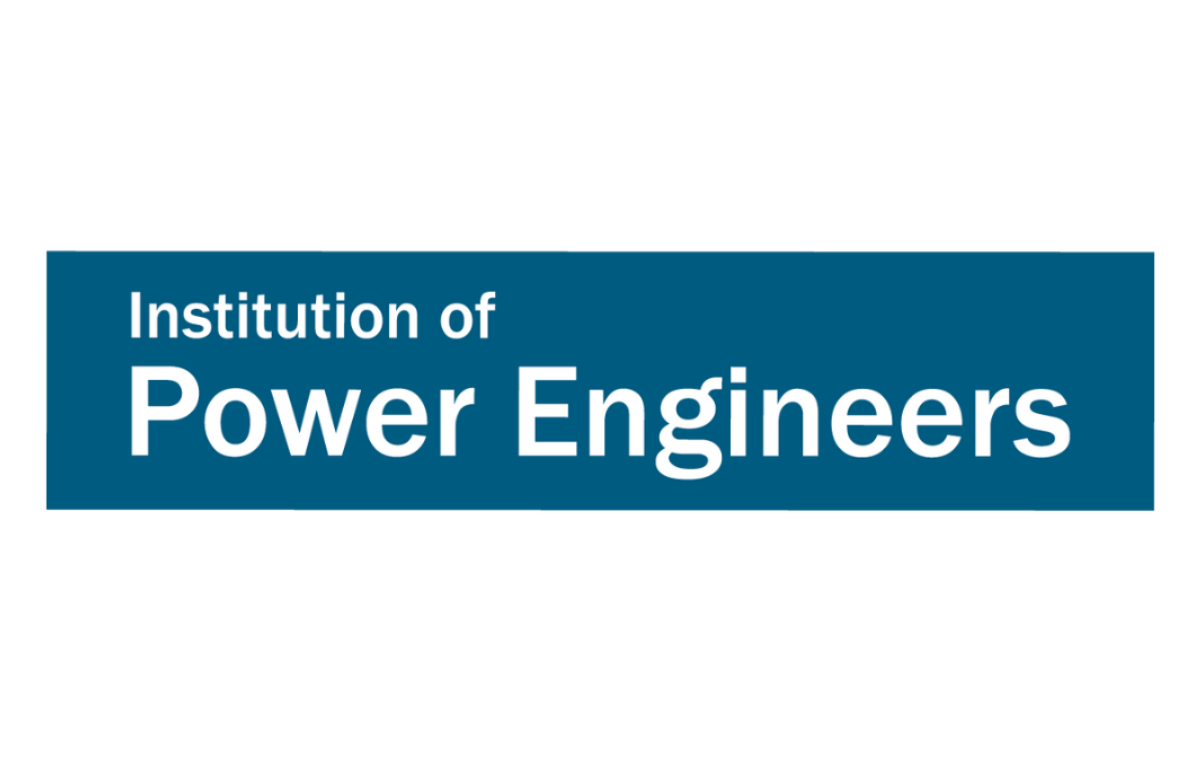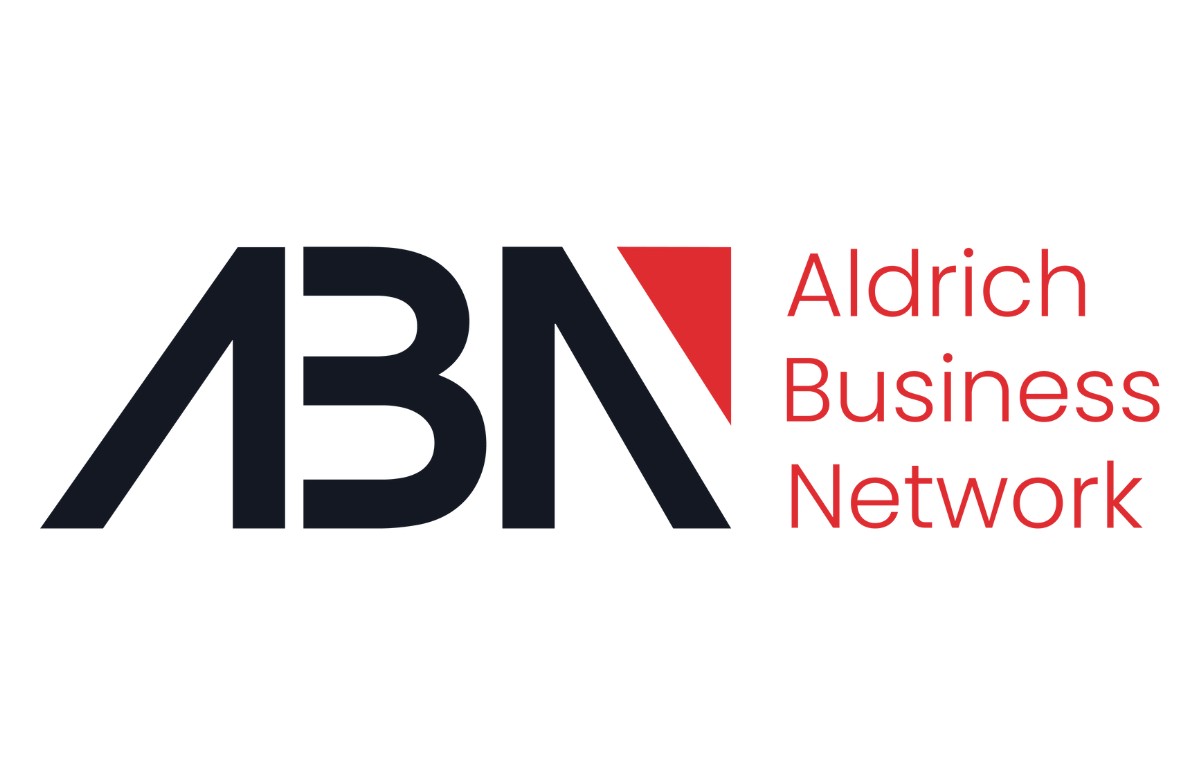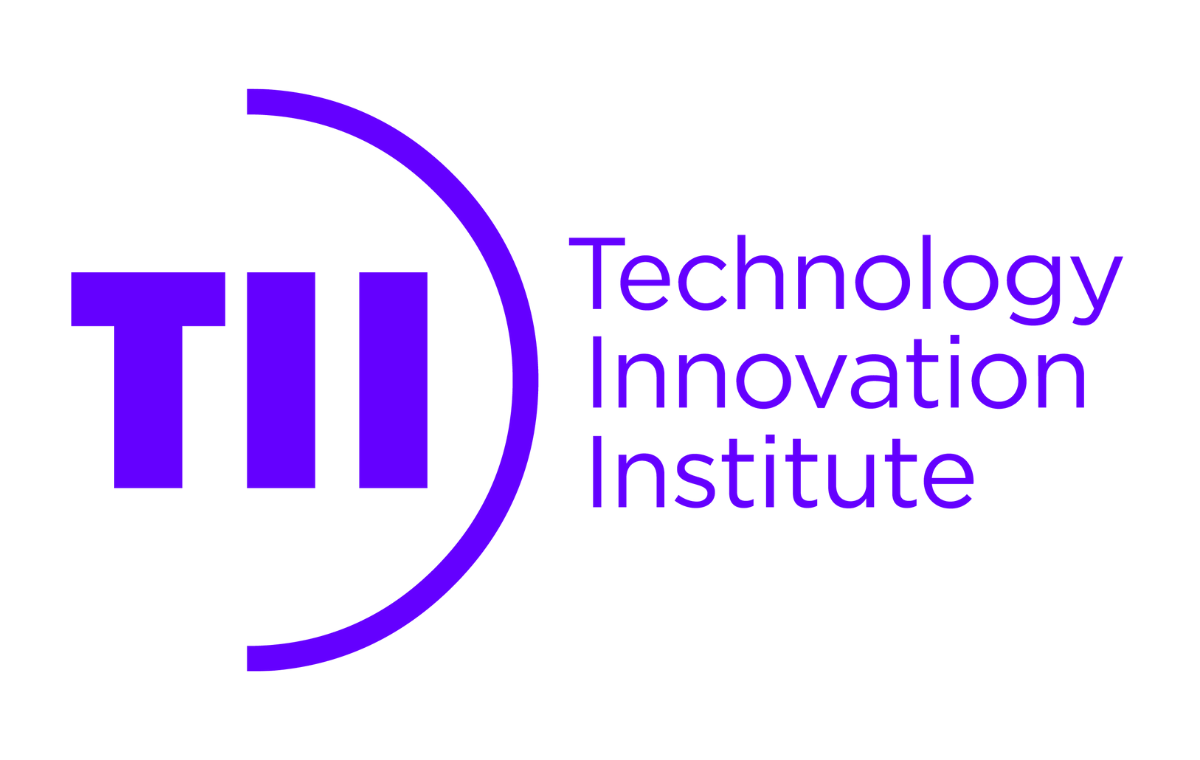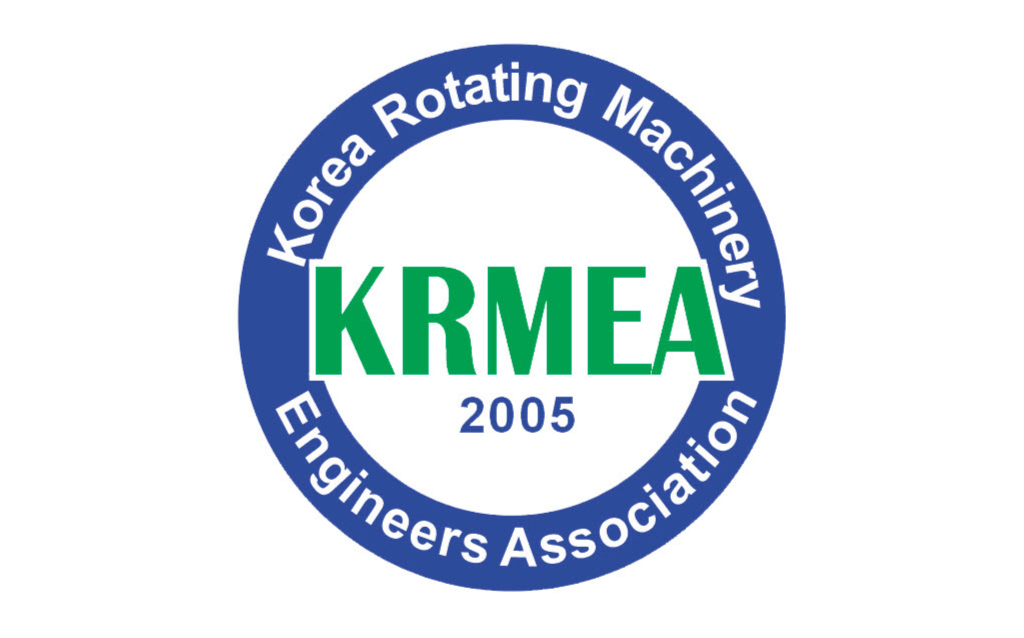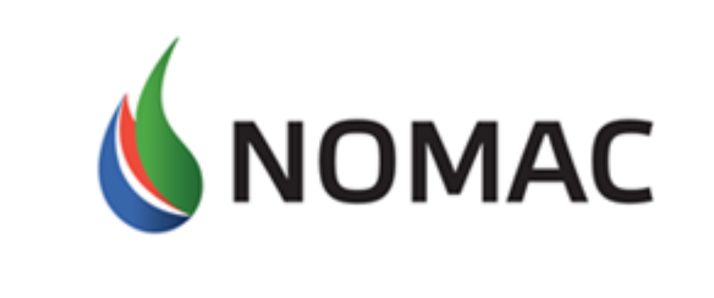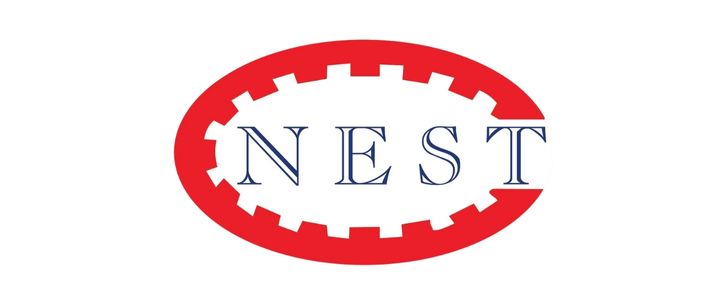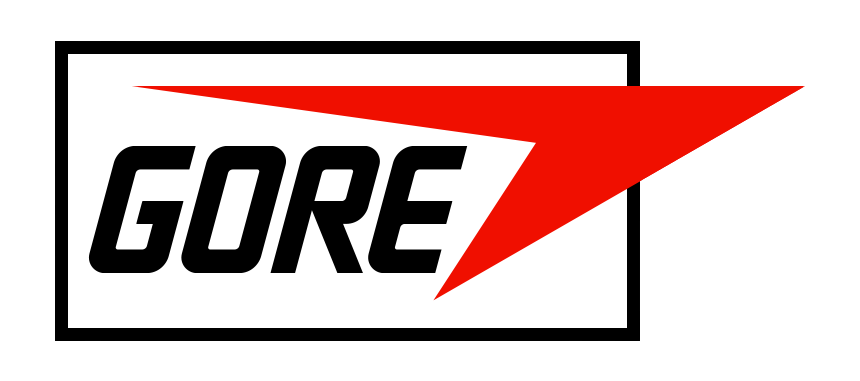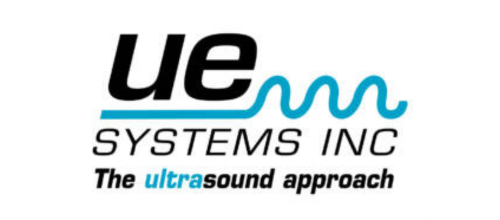In an era where uptime is paramount and efficiency is non-negotiable, rotating equipment—such as turbines, pumps, compressors, and motors—sits at the heart of industrial operations. These machines must perform under demanding conditions, often in remote or hazardous environments, where failure is both costly and dangerous. The good news? Cloud-native engineering simulation is transforming how rotating equipment is designed, tested, and maintained—ushering in a new standard of performance and reliability.
The Challenge of Traditional Simulation
Historically, simulation for rotating machinery has been hardware-bound and siloed. Engineering teams relied on powerful on-premises workstations, limited licenses, and isolated workflows. Scaling simulations, integrating field data, or collaborating across departments and locations was often slow, expensive, and cumbersome.
This approach is increasingly at odds with the growing demands of today’s industrial environments—where digitalization, agility, and predictive maintenance are essential for competitive advantage.

The Cloud-Native Advantage
Cloud-native simulation platforms eliminate the hardware and licensing barriers of traditional tools. By leveraging cloud infrastructure, engineers can:
- Run high-fidelity simulations at scale Whether you’re analyzing blade vibration in a gas turbine or flow-induced stresses in a centrifugal pump, cloud resources allow for large-scale, multi-physics simulations that were previously too compute-intensive or time-consuming.
- Accelerate design iteration and innovation Multiple design variants can be simulated in parallel, reducing product development time. Engineers can test a wider design envelope, optimizing for performance, durability, and compliance from day one.
- Collaborate seamlessly Cloud-native tools allow engineers, designers, and reliability specialists to collaborate in real time—whether they’re across the hall or across the globe.
- Integrate real-world data Cloud platforms make it easier to connect field data (from sensors or digital twins) to simulation environments, enabling predictive insights and faster root-cause analysis.






